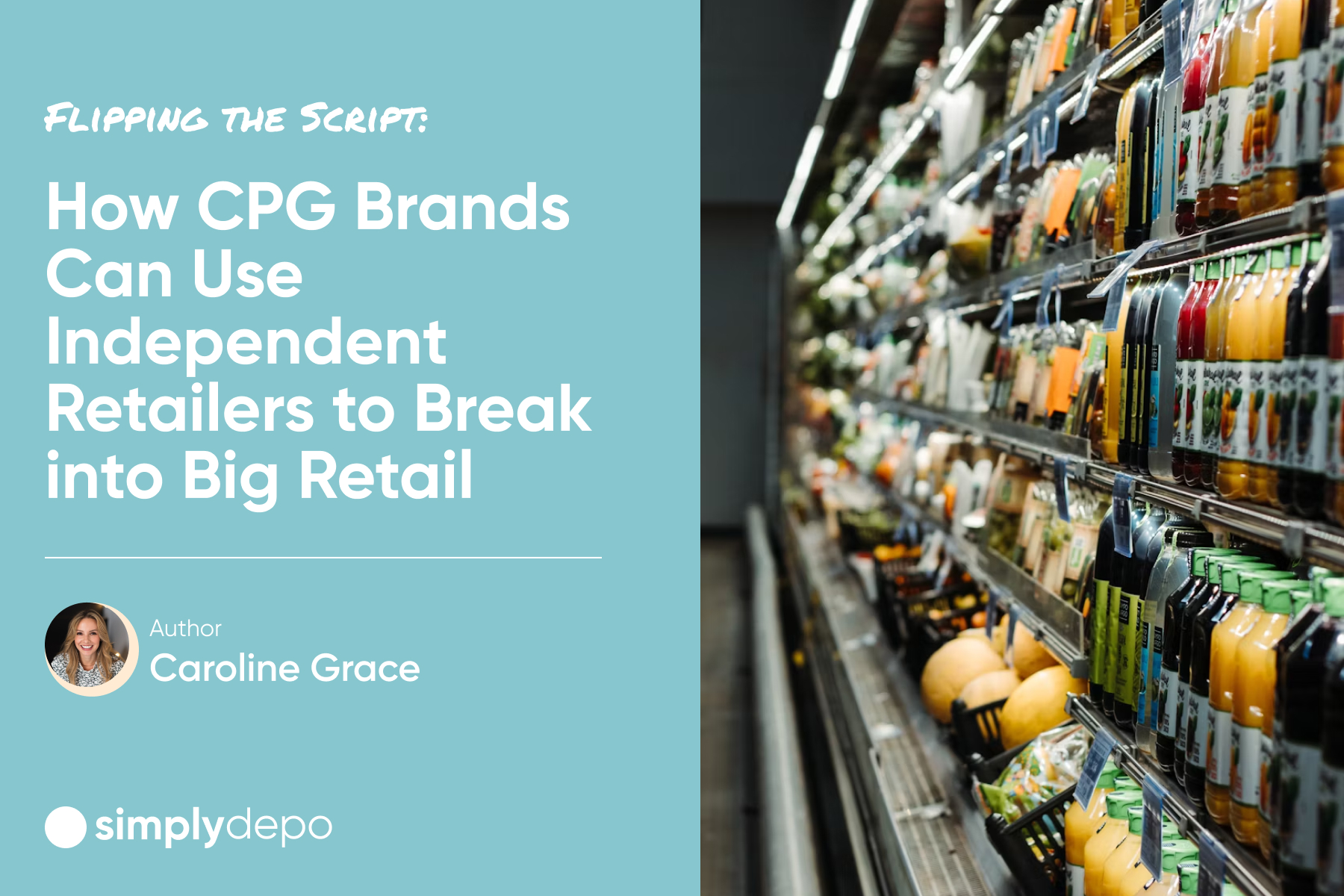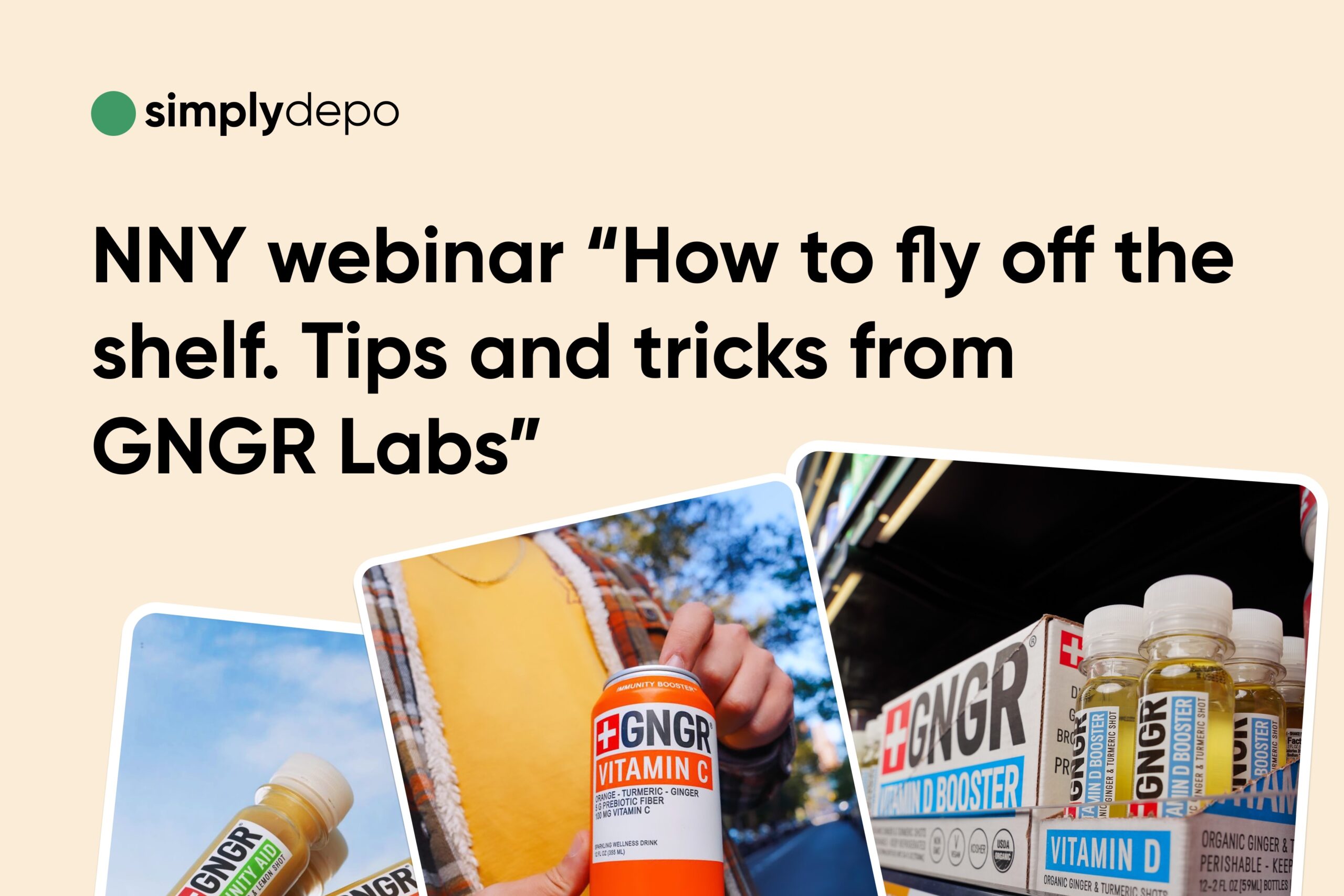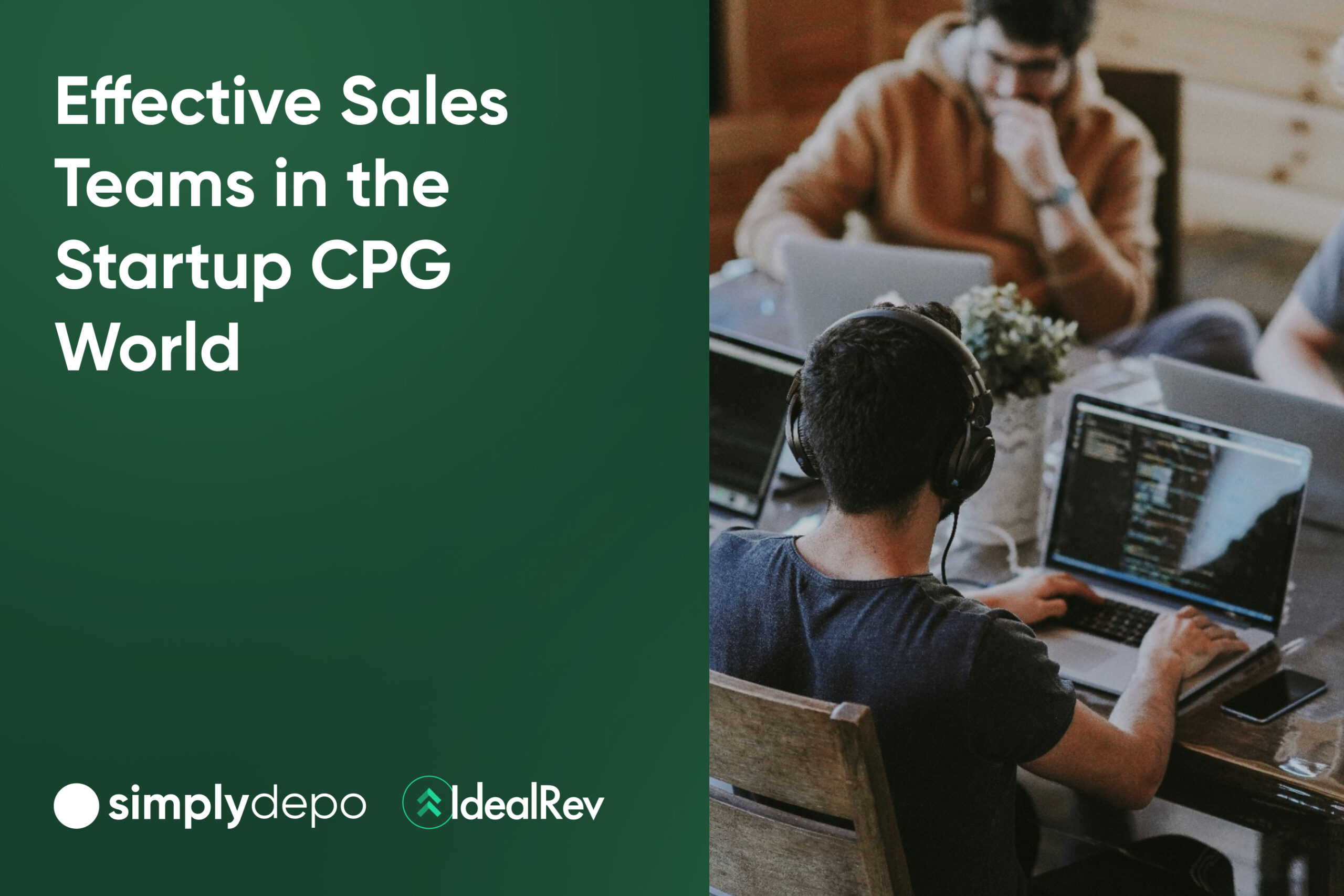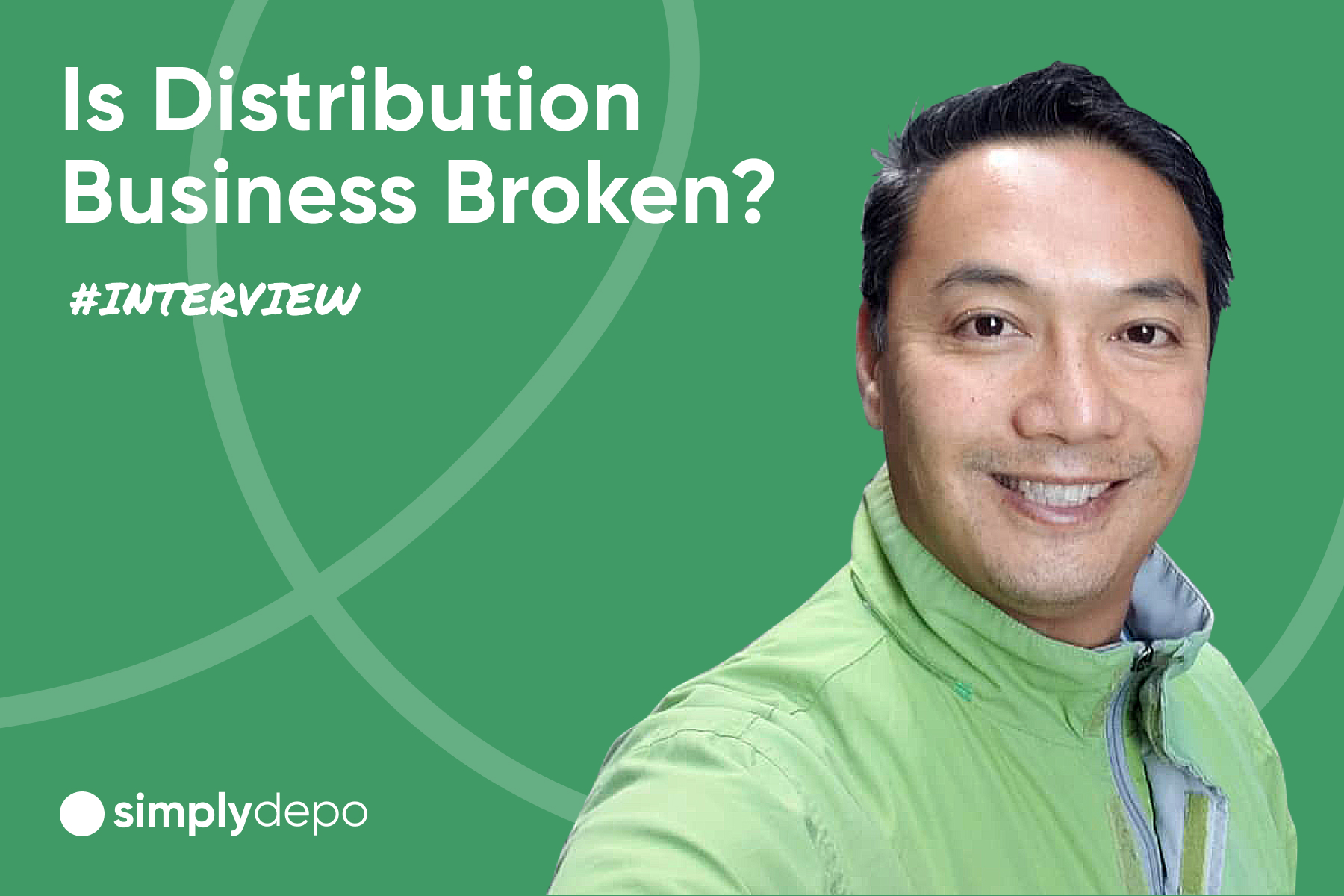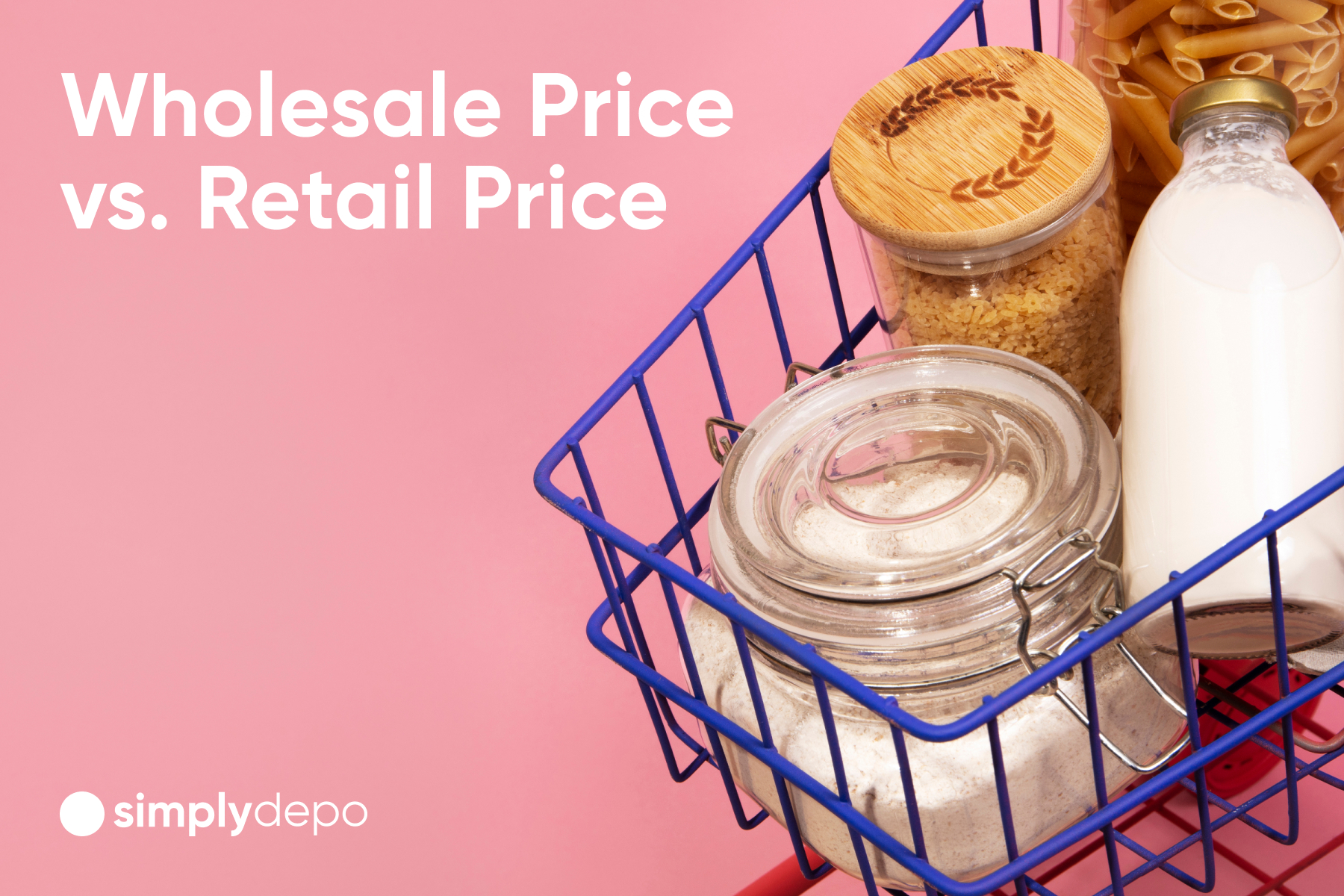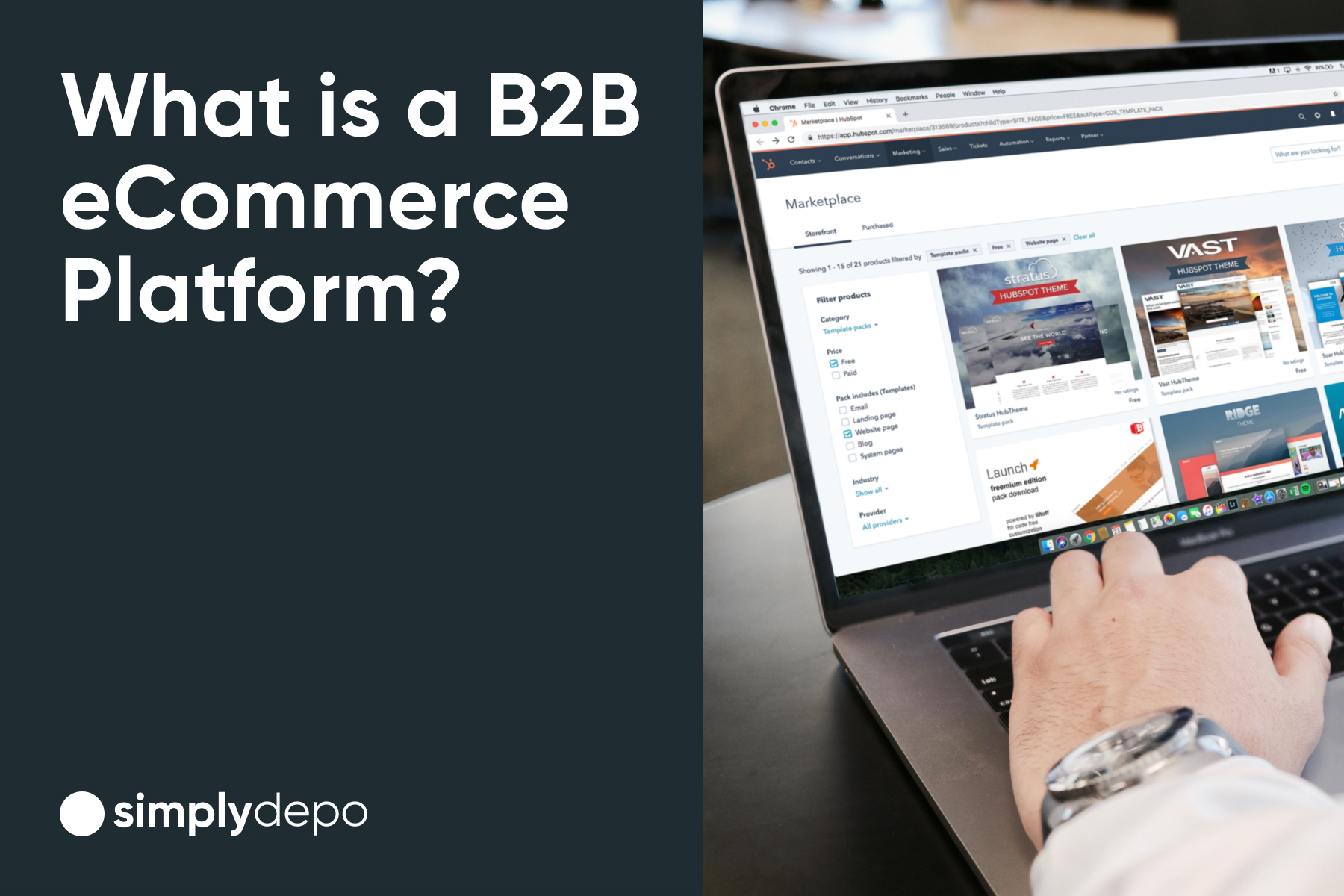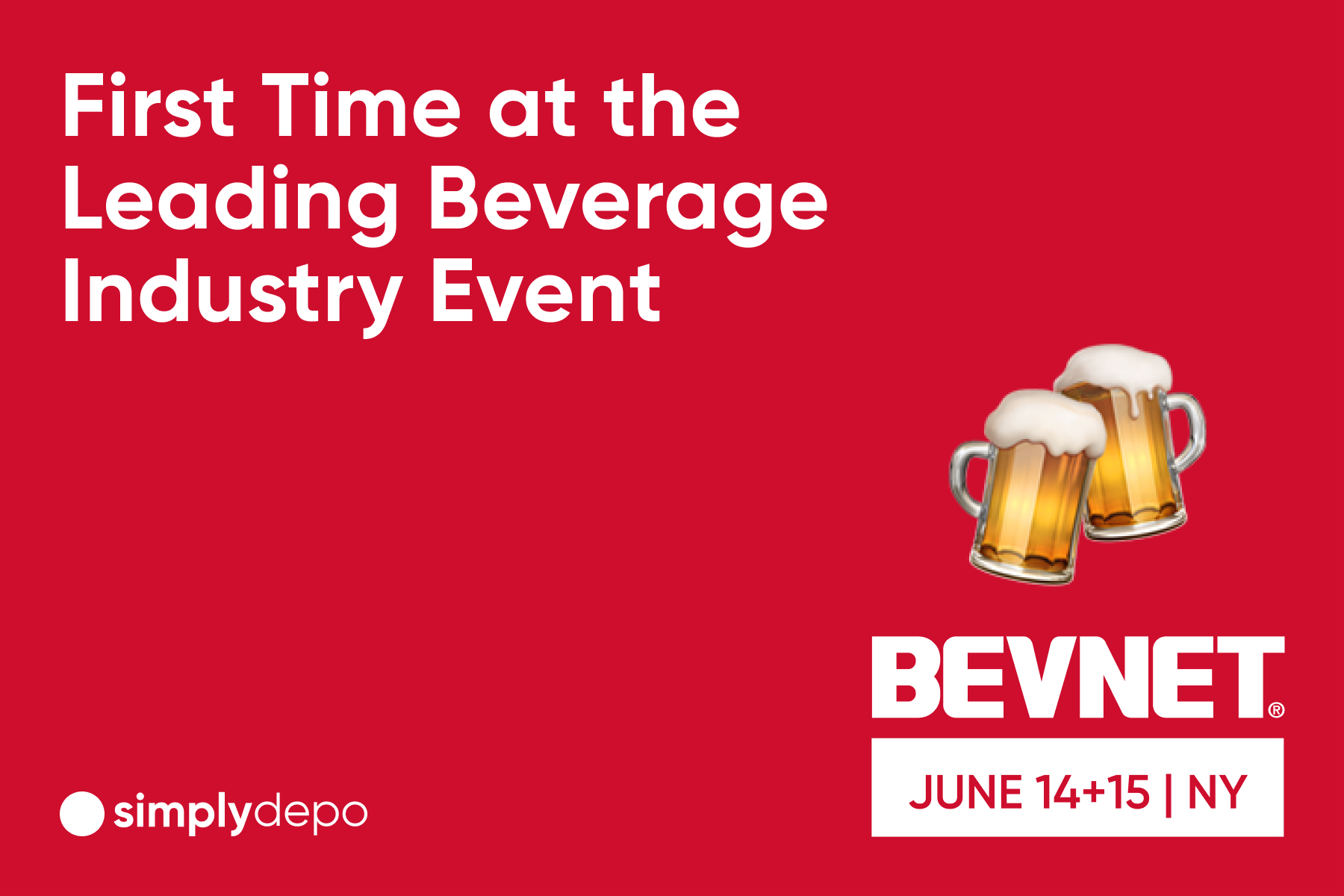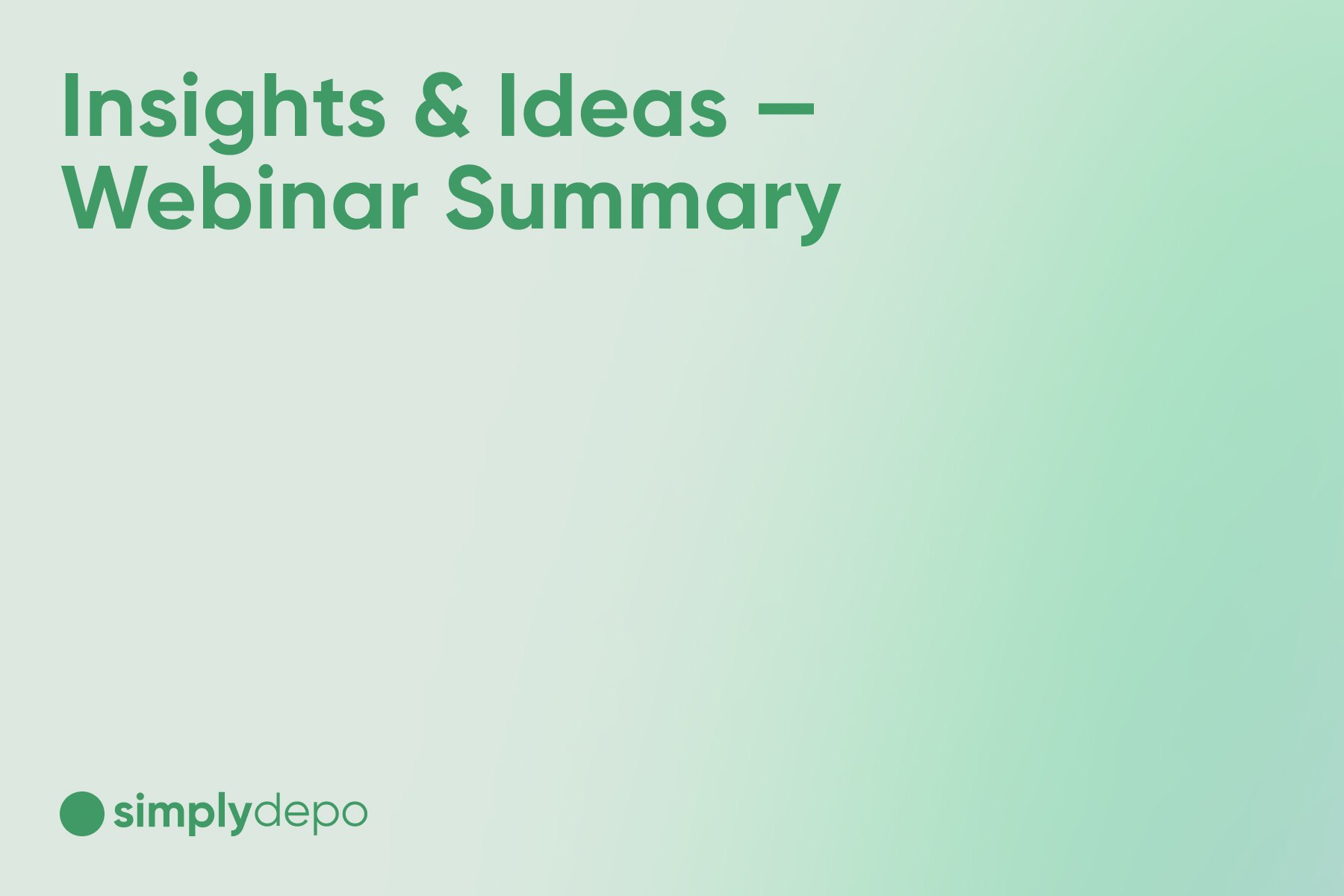Wholesale continues to be the primary sales channel for most CPG companies in US. According to a report by the Grocery Manufacturers Association, about 80% of CPG sales are made through traditional retail channels, including wholesale distribution to retailers and distributors.
For CPG companies, wholesale offers a more efficient and cost-effective distribution model. Leveraging established distribution networks allows companies to reach a broader market without the logistical complexities and expenses associated with direct consumer shipping.
The advantage is obvious – are you ready to take your CPG business to the next level by tapping into the wholesale market?
Follow this concise guide to exploring effective strategies for selling your products to retail stores and distributors, while ensuring you have the right management software in place to drive your wholesale operations and business growth.
1. Product Preparation: Quality and Presentation Matter
– Ensure your products meet high standards of quality and consistency.
– Invest in attractive, informative packaging that appeals to retailers and customers alike.
– Create compelling product descriptions and marketing materials that highlight your unique selling points.
Useful link
2. Legal and Contractual Considerations: Protecting Your Business
– Consult legal experts to draft clear and comprehensive contracts and agreements.
– Address important terms such as pricing, payment terms, delivery schedules, and exclusivity agreements.
Useful link
3. Get Market Feedback and Adapt Accordingly
– Regularly seek feedback from retailers, distributors, and customers to identify areas for improvement.
– Be open to making necessary adjustments to your products, pricing, or processes.
– Stay informed about market trends and adapt your offerings accordingly.
Useful link
4. Pricing Strategy: Finding the Sweet Spot
– Research the market to determine competitive pricing for your products.
– Factor in your production costs, margins, and potential retailer/distributor markups.
– Consider offering volume-based discounts to incentivize larger orders.
Useful link
5. Target Audience Identification: Who Will Love Your Products?
– Define your ideal customer profile for retail and distribution and conduct user research.
– Tailor your messaging and offerings to match the needs and preferences of different retailers or distributors.
Useful link
6. Branding and Marketing: Building a Strong Presence
– Develop a brand identity that resonates with your target audience.
– Create a professional website showcasing your products and wholesale information.
– Utilize social media and online advertising to create awareness and attract potential partners.
Useful link
7. Outreach and Networking: Connecting with Retailers and Distributors
– Attend industry trade shows, expos, and networking events to meet potential partners.
– Research and compile a list of suitable retailers and distributors to approach.
– Craft a compelling pitch that highlights the benefits of carrying your products.
Useful link
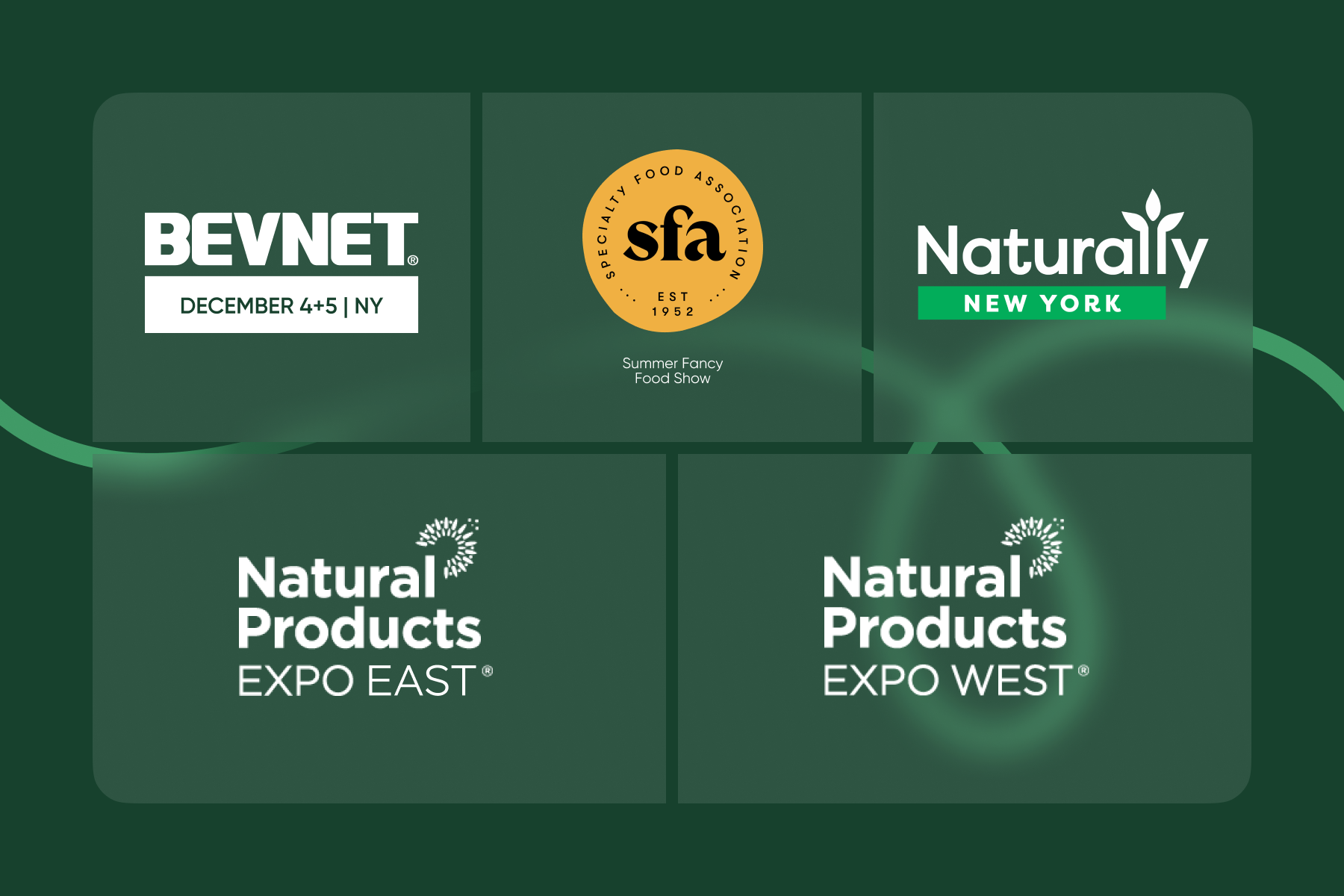
8. Establishing Relationships: Nurturing Partnerships
– Provide samples to interested retailers or distributors for evaluation.
– Be responsive and attentive to their needs, addressing any questions or concerns promptly.
– Consider offering exclusive deals or customized solutions to win their trust and loyalty.
Useful link
9. Establish self-distribution: Hire sales reps or run the field sales by yourself
– Expand the customer base by adding new retail accounts
– Upsell, cross-sell and use promotions to increase sales
– Introduce new products and keep track of the shelf competition
Useful link
10. Order Fulfillment and Logistics: Smooth Operations
– Streamline your order processing, packaging, and shipping procedures.
– Maintain clear communication with retailers and distributors regarding order status and delivery times.
– Offer flexibility in terms of order quantities and delivery options.
Useful link
11. Management Software: Stay organized from the start
– Implement a robust management software system to streamline inventory tracking, order management, sales team, and customer communication.
– Choose software that integrates seamlessly with your existing systems and provides real-time insights into your wholesale operations.
– Choose a reliable partner that fits your feature needs and budget from the very beginning.
Useful link
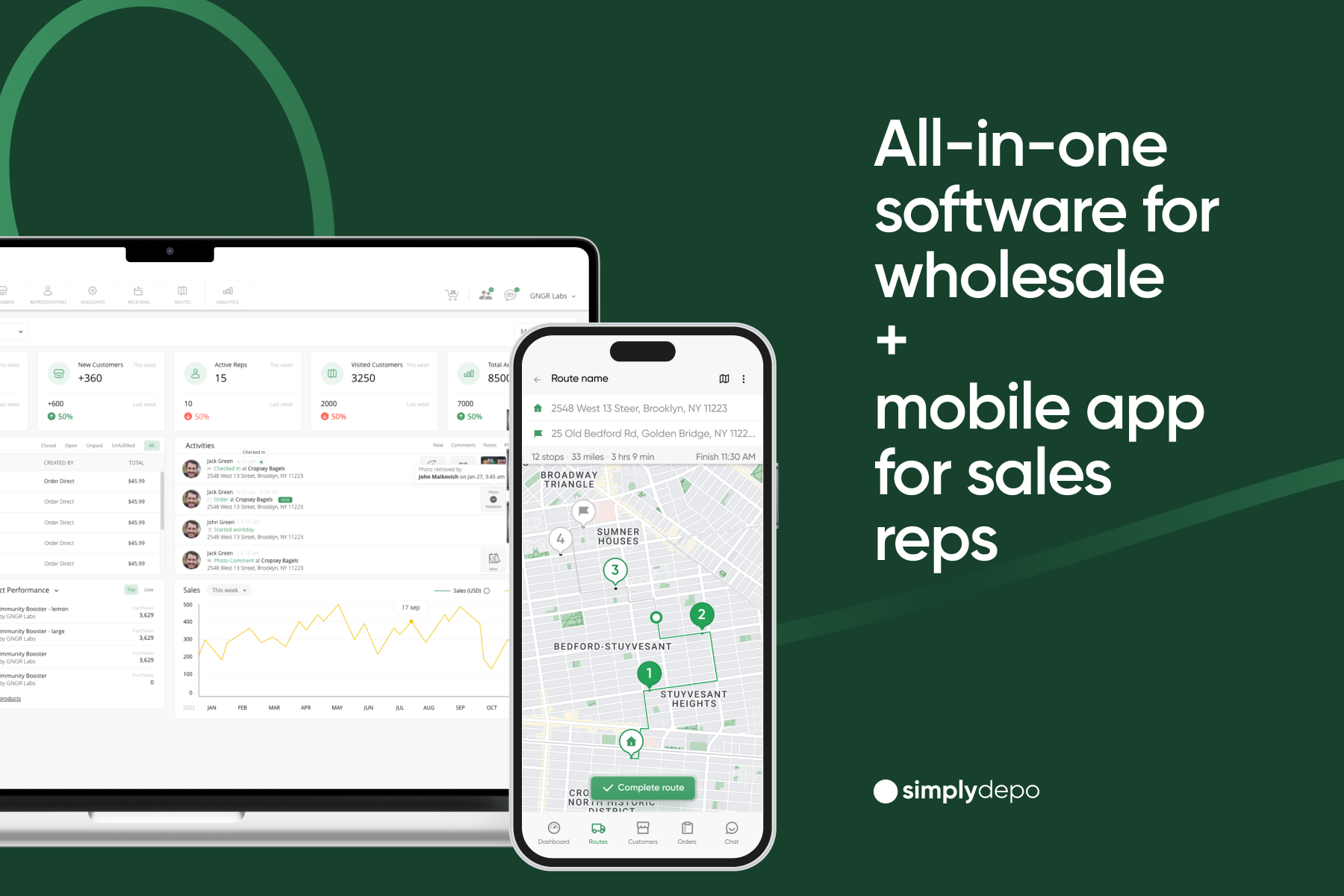
12. Data Analysis and Growth: Monitoring Your Wholesale Success
– Track key metrics such as sales volume, retention, and customer feedback.
– Use data insights to refine your wholesale strategy and explore opportunities for expansion.
Useful link
Embark on your wholesale journey with confidence and let your CPG business thrive in the retail and distribution landscape.
For more guidance and support in launching your wholesale operations, read SimplyDepo educational blog and reach out to our experienced team.



